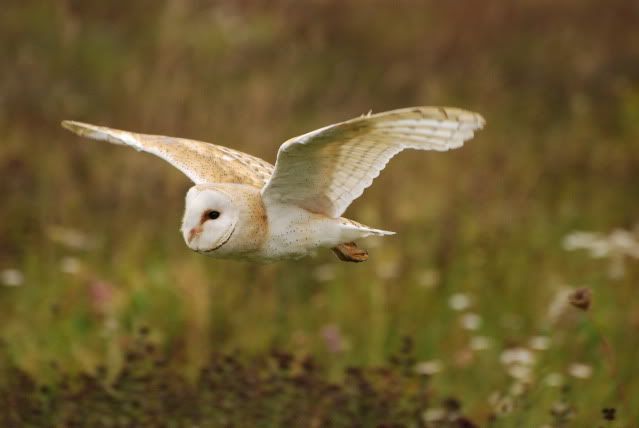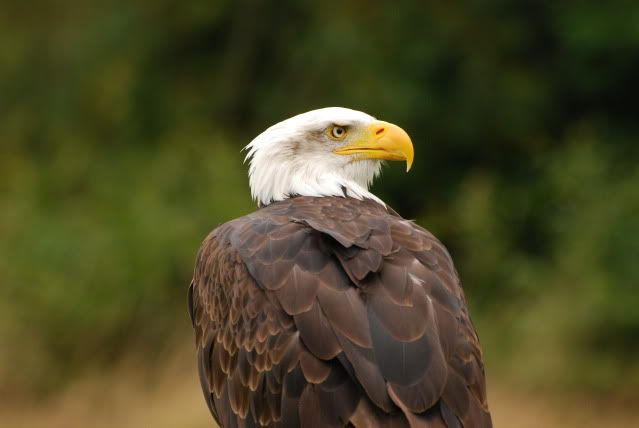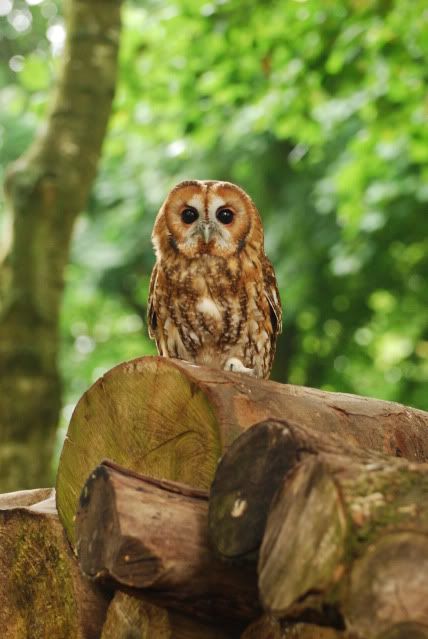Home › Forums › Chat Forum › Will someone please explain camera sensors/resolution/pixels
- This topic has 46 replies, 21 voices, and was last updated 8 years ago by molgrips.
-
Will someone please explain camera sensors/resolution/pixels
-
deadkennyFree MemberPosted 8 years ago
Problem is I like taking the camera with me on bike rides or skiing. A lot of just scenery but I try to get some action shots if I can (though a pain to set them up). I’m happy to have the old D70 in a camelback. It gets knocked about a lot and I’ve crashed a few times with it, but it survives. If I get a nicer new one I’ll be reluctant to take it with me and yet it’s that kind of stuff I’d want it for.
geetee1972Free MemberPosted 8 years agoHow well would this photo work shot in colour on a fine-grained film like Kodachrome?
That’s an interesting question. My experience thus far is that in general if a picture works well in B&W, it is also likely to work well in colour even if the colour version doesn’t work as well as the B&W version.
But the reverse is not true; it’s much harder to get an image to work well in B&W than colour and a good colour picture can loose all it’s value and imapct converted to B&W. I think this is mostly because B&W is reductionist in its information and you therefore have much more emphasis on the balance between light and dark as being what makes the image work. You really have to be skillful with the light and that’s probably the hardest part to get right, either because it’s completely beyond your control or where it is in your control, it’s actually really hard to do.
I’ve also noticed (and been guilty of myself) a trend towards people converting otherwise dull or boring images into B&W and adding some effects and grain to try and give the image impact and grit. B&W tends to have the effect of sharpening the image but neither this nor the ‘gritty’ look are anything other than superficial.
The McCullen shot of the Marine with thousand yard stare would, I think, work extremely well on fine grain Kodachrome 100 (assuming there’d been enough light to shoot it). I think the muted camo green combined with the dirt and grime of war would have given a very powerful palette and conveyed a greater sense of being there. I’m not actually sure that it being B&W adds very much since the image’s strength is not on the interplay between light and dark, it’s on the imapct of the moment of human experience and the vancancy in the soldiers eyes (it was taken after the batter of Hue, aka the Citadel where I think McCullen was also wounded).
The landscape shot though is quite different and I think only works in B&W (where obviously there is no colour version to compare it to but one can imagine). It also works best with the course grain high speed film used. The image works on a number of levels but the interplay between light and dark; the shimmering of the wet road leading into the horizon, set against the dark ground and the late winter sky is perfect. It’s just the kind of landscape I love. Interestingly I think the landscapes that McCullen’s been doing in his later years are perhaps amopng his best work. I love how the sum of his experiences are being distilled into the images and reflected back. I’ve read interviews and watched the brilliant documentary about him and it’s very apparent that he does not want to be remembeed as a war photographer.
molgripsFree MemberPosted 8 years agoWe can’t judge that marine picture on its merits. We associate grainy B&W and soldiers with Vietnam, and that comes with a huge amount of emotional and cultural baggage which is invoked when we see the picture. So we can’t really consider its presentation in isolation I think, no matter how hard we try.
The landscapes though – they can be taken in isolation because they are so inhuman.
stumpy01Full MemberPosted 8 years agoSeeing as we’re doing pics…..here’s some I took on the ‘bird’ day I did with Wild Arena a few years ago.
The light was mainly cloudy/overcast, getting pretty dull by mid afternoon.These were staged shots with birds who were used to being handled & we had more than one opportunity to get the picture. It wasn’t a case of sitting around all day in a field wearing camo gear!!
They were taken on my D80 with 70-300mm stabilised lens. Most of them are OK, but this was my first attempt at pics of this type and if I did it again, I think I would have more success with getting some decent shots.The first one is of a barn owl that the handler flew across a meadow perhaps 4 times. The light was really dull by that point and the camera was struggling to stay focussed on the bird; I think the soft feathers & low contrast was causing it problems.
This bald eagle was taken early on in the day. It was grey, but fairly bright. This bird was stood on a concealed log & we were able to get quite close.
The last one was a tawny owl in woodland – by now the light was really dull & under the cover of the trees it was very hard to get anything usable. Perhaps a monopod would have helped. There were a few blokes with pro kit who were able to get shots of the owls actually flying through the woods, but I couldn’t get anything worth keeping. I think it was a combination of low light & lack of practice/technique.
PS – edit – the originals look sharper than the Photobucket uploads (not that they are perfect). Photobucket seems to have done a good job of making them look a bit soft & out of focus….
geetee1972Free MemberPosted 8 years agoWe can’t judge that marine picture on its merits. We associate grainy B&W and soldiers with Vietnam, and that comes with a huge amount of emotional and cultural baggage which is invoked when we see the picture. So we can’t really consider its presentation in isolation I think, no matter how hard we try.
That sounds intuitively like a very interesting point but I’m not sure I quite understand what you’re saying. Can you expand?
molgripsFree MemberPosted 8 years agoThat sounds intuitively like a very interesting point but I’m not sure I quite understand what you’re saying. Can you expand?
Not sure I can put it clearer. Just saying that if a picture is of something we know about, when we look at it we will think about what it’s OF, rather than simply the form, composition and presentation.
If you take a picture of a flower, it’s a pretty neutral subject so it’s all about composition, light and colour. Also, the aim is simply to be pretty.
However if the flower is a poppy in a wheat field in Northern France, it takes on a completely different meaning because you’ll be thinking about everything you’ve learned about the horrors of WWI. So the feelings it induces in the viewer are totally different.
The topic ‘Will someone please explain camera sensors/resolution/pixels’ is closed to new replies.



